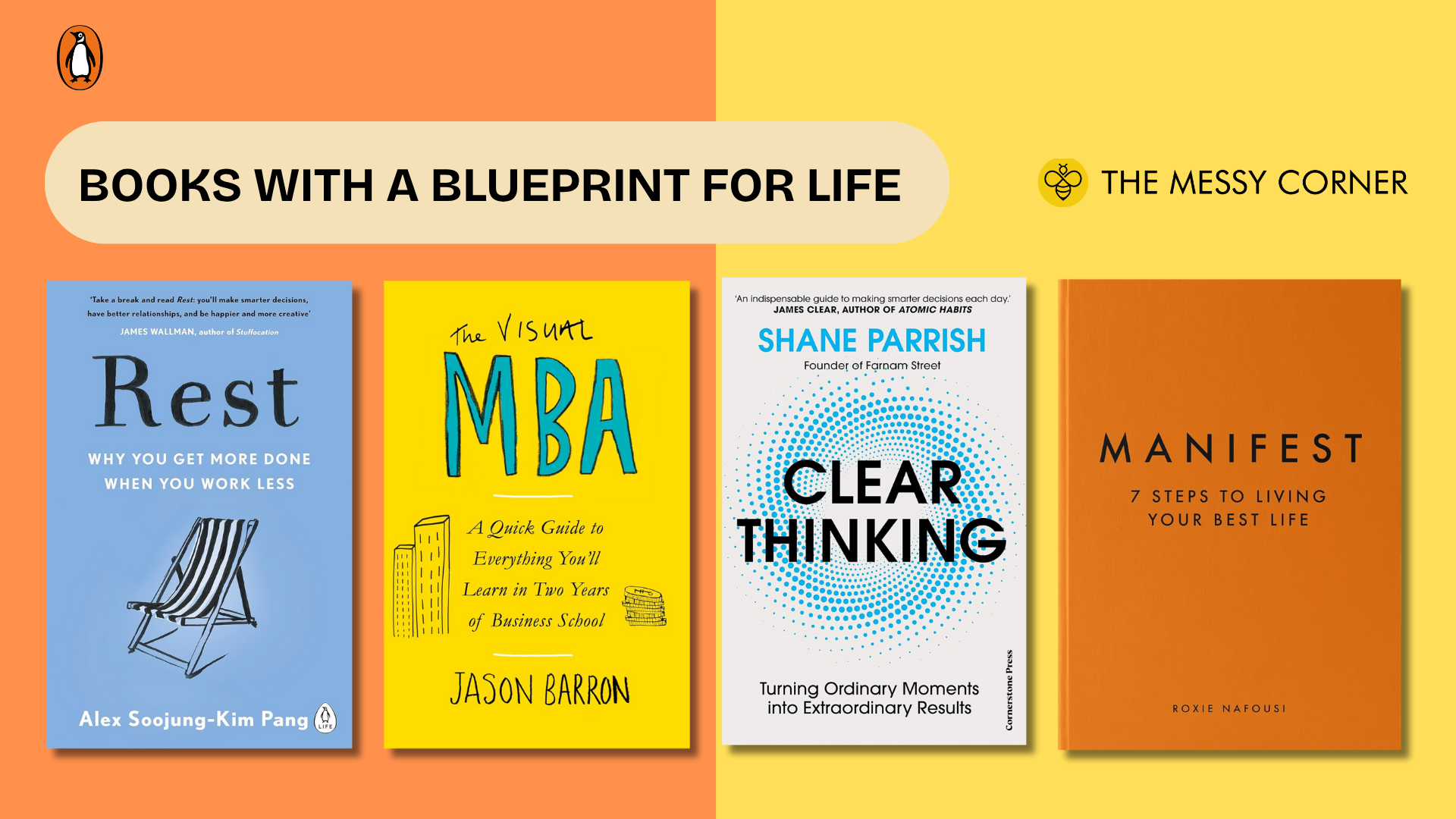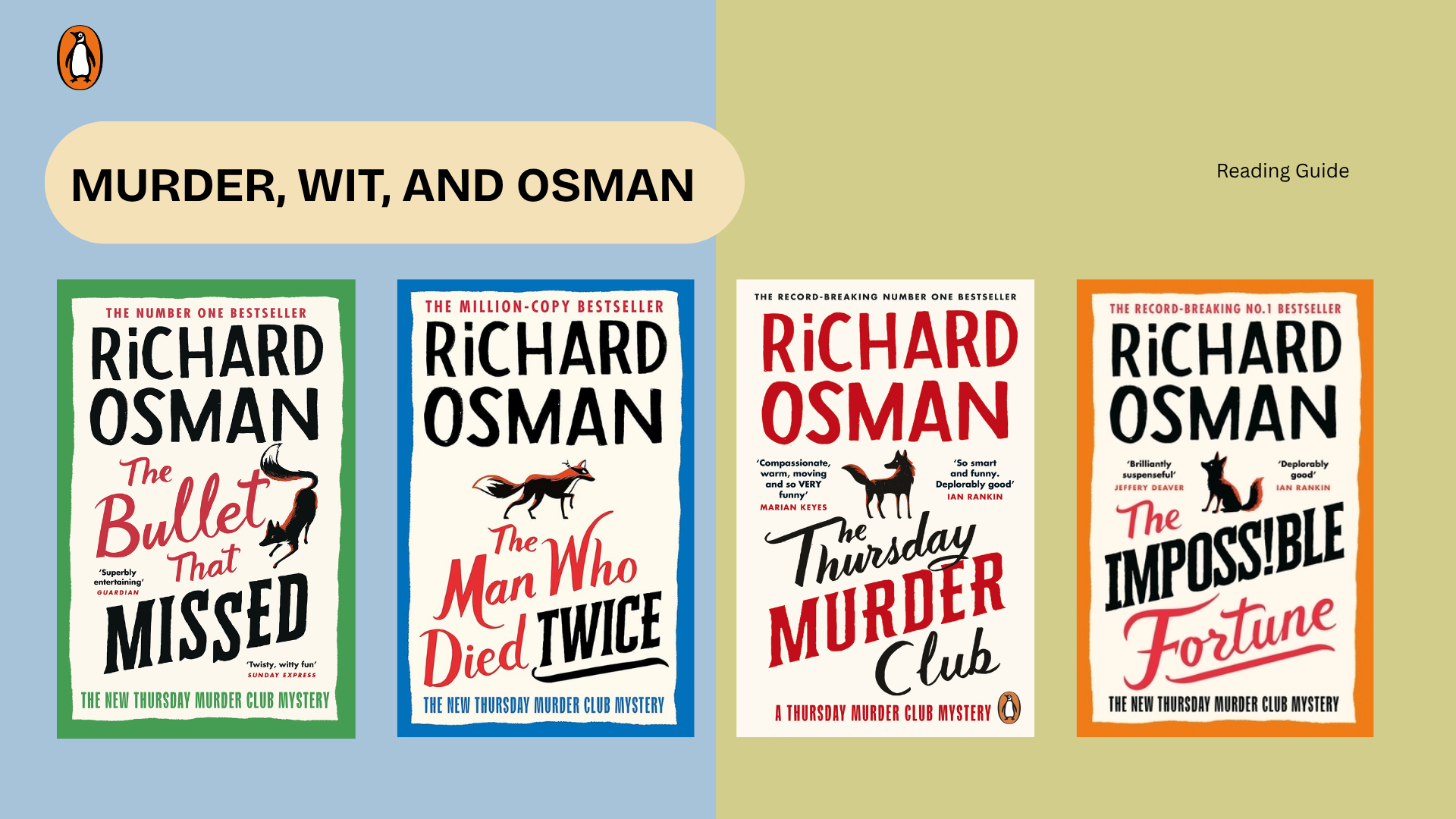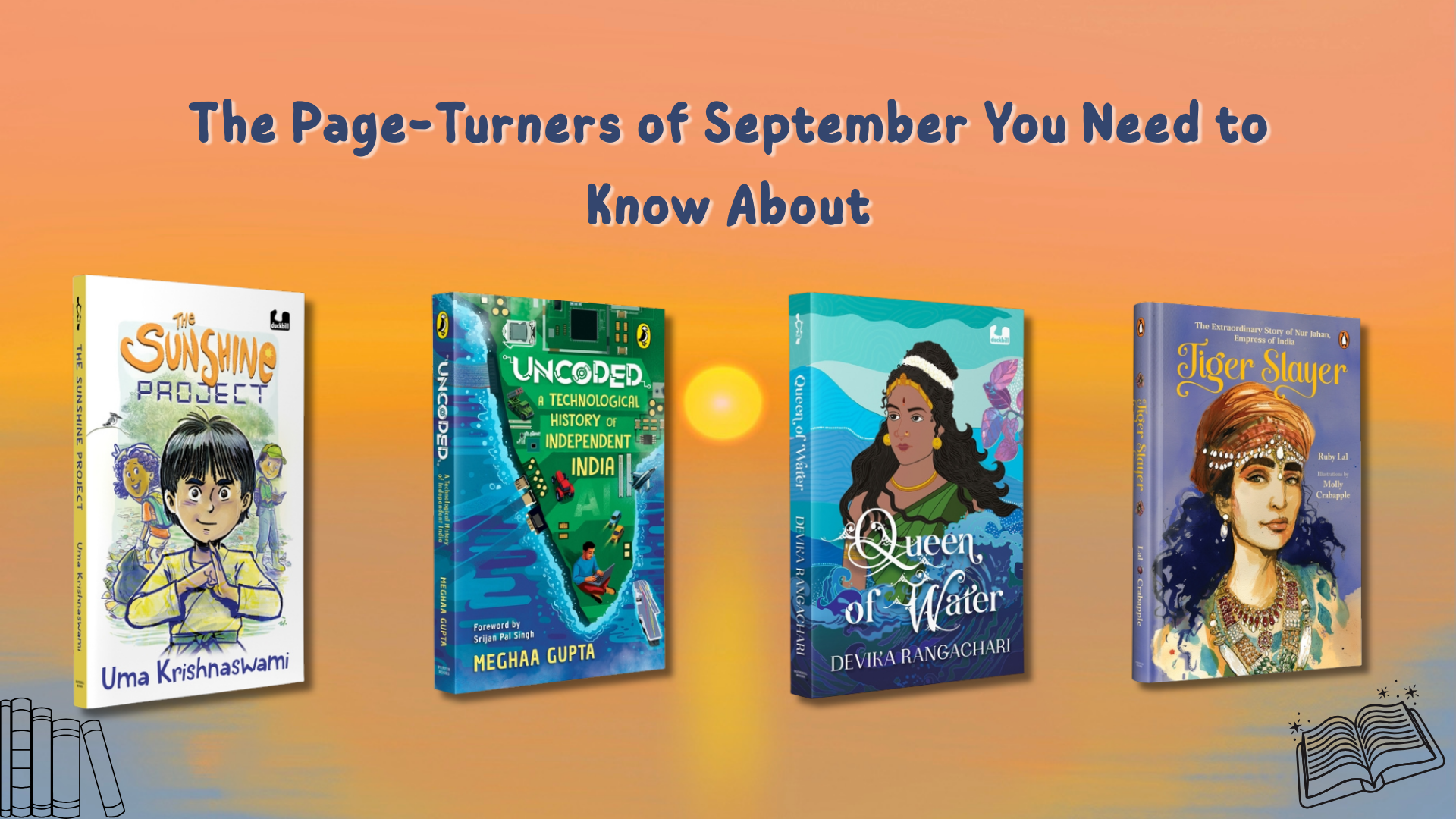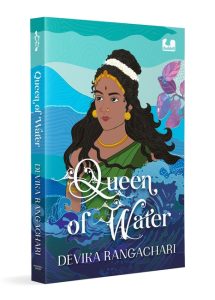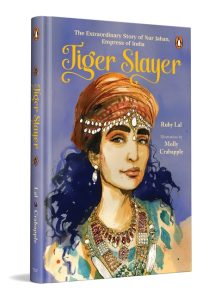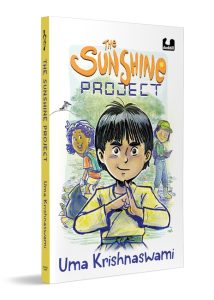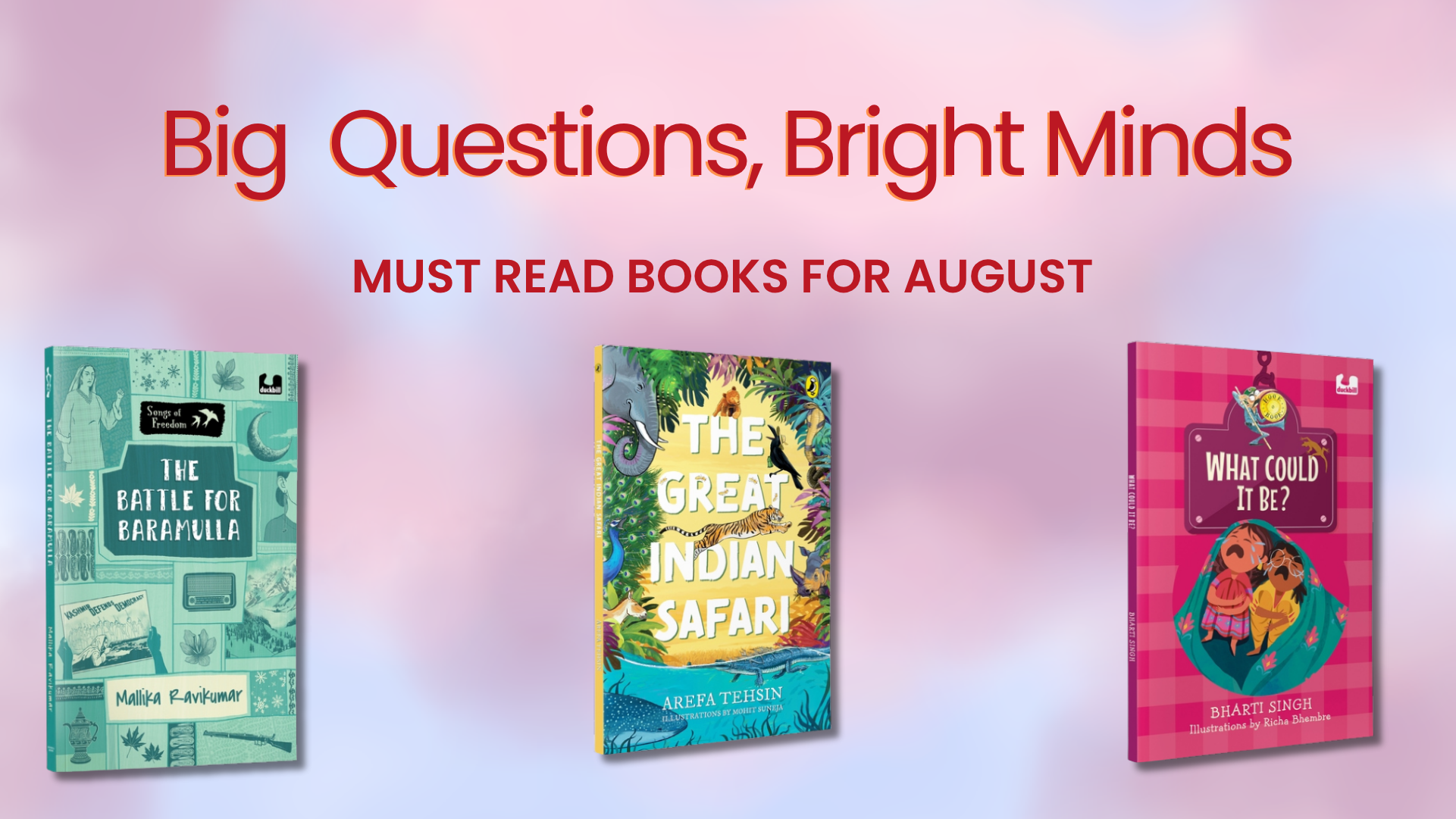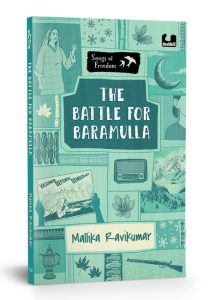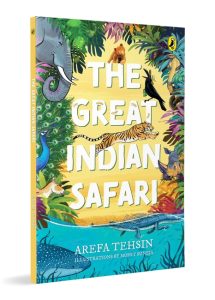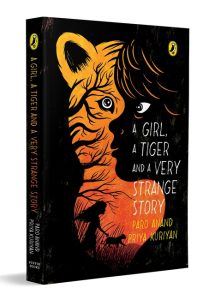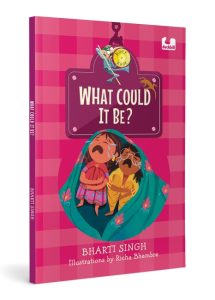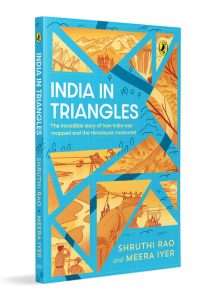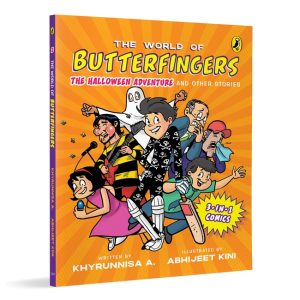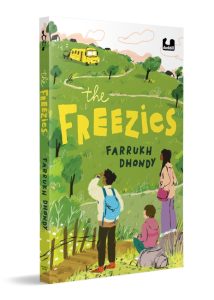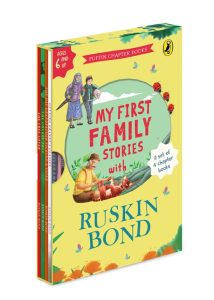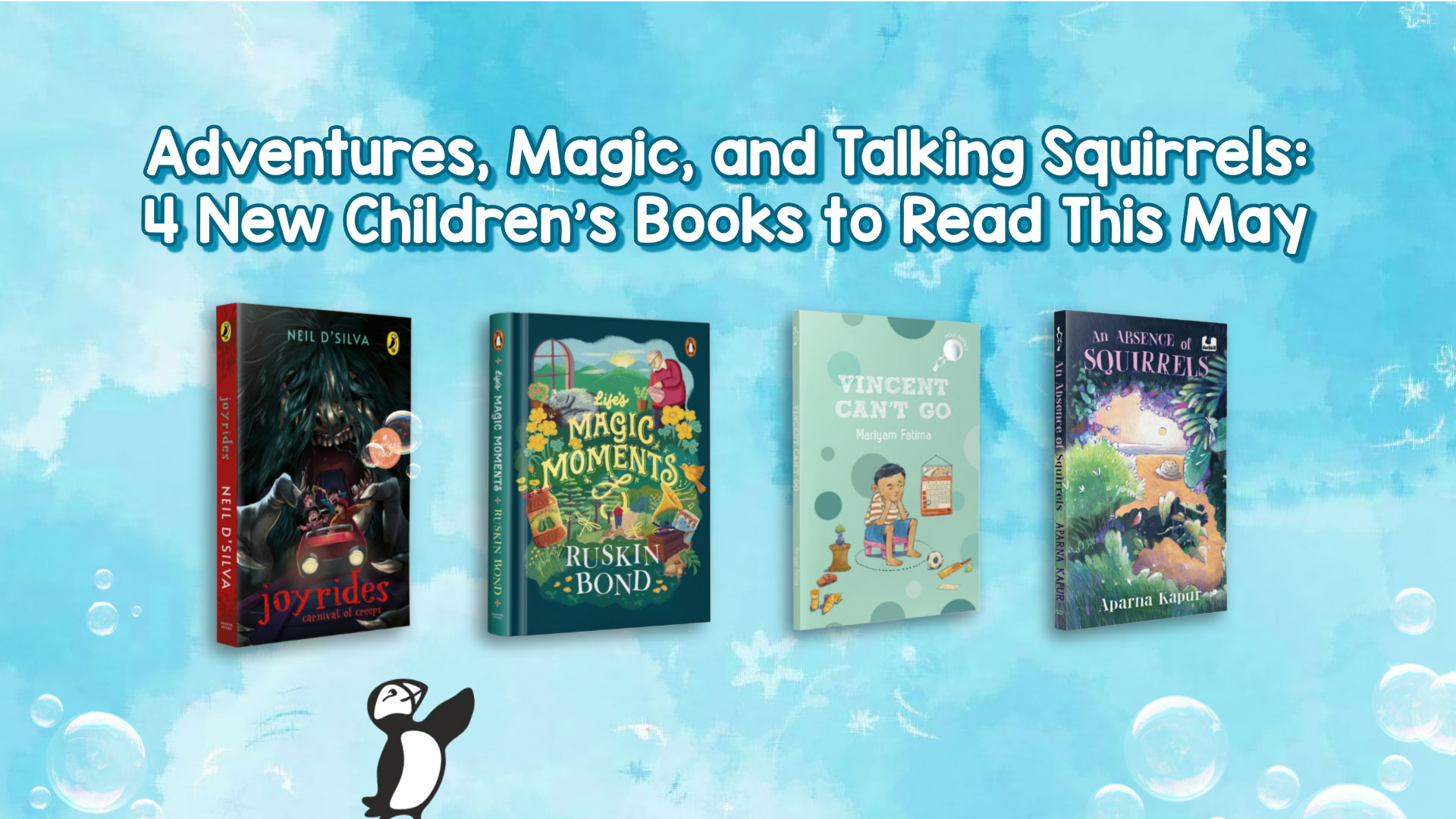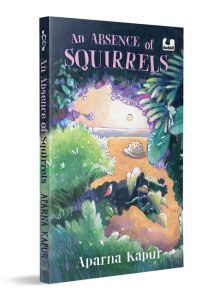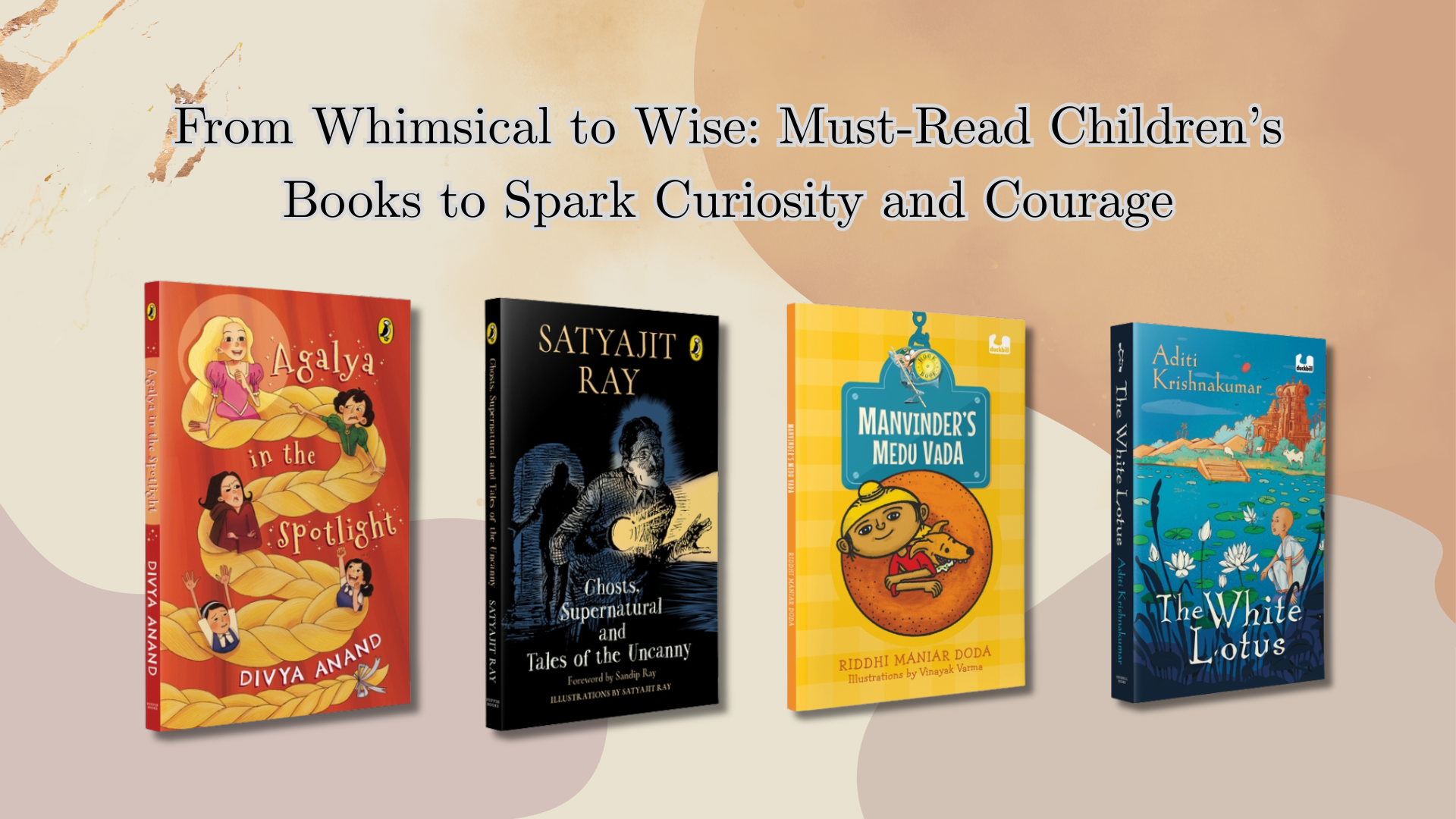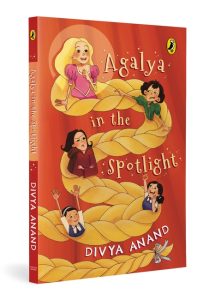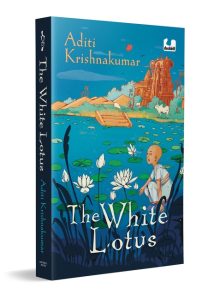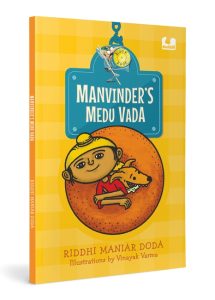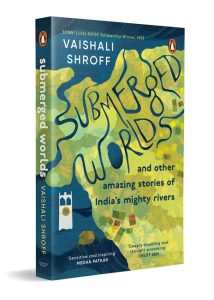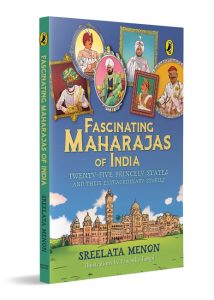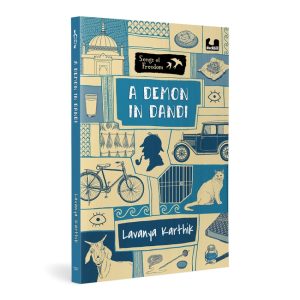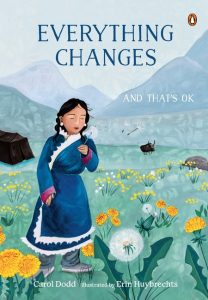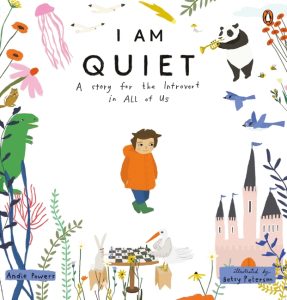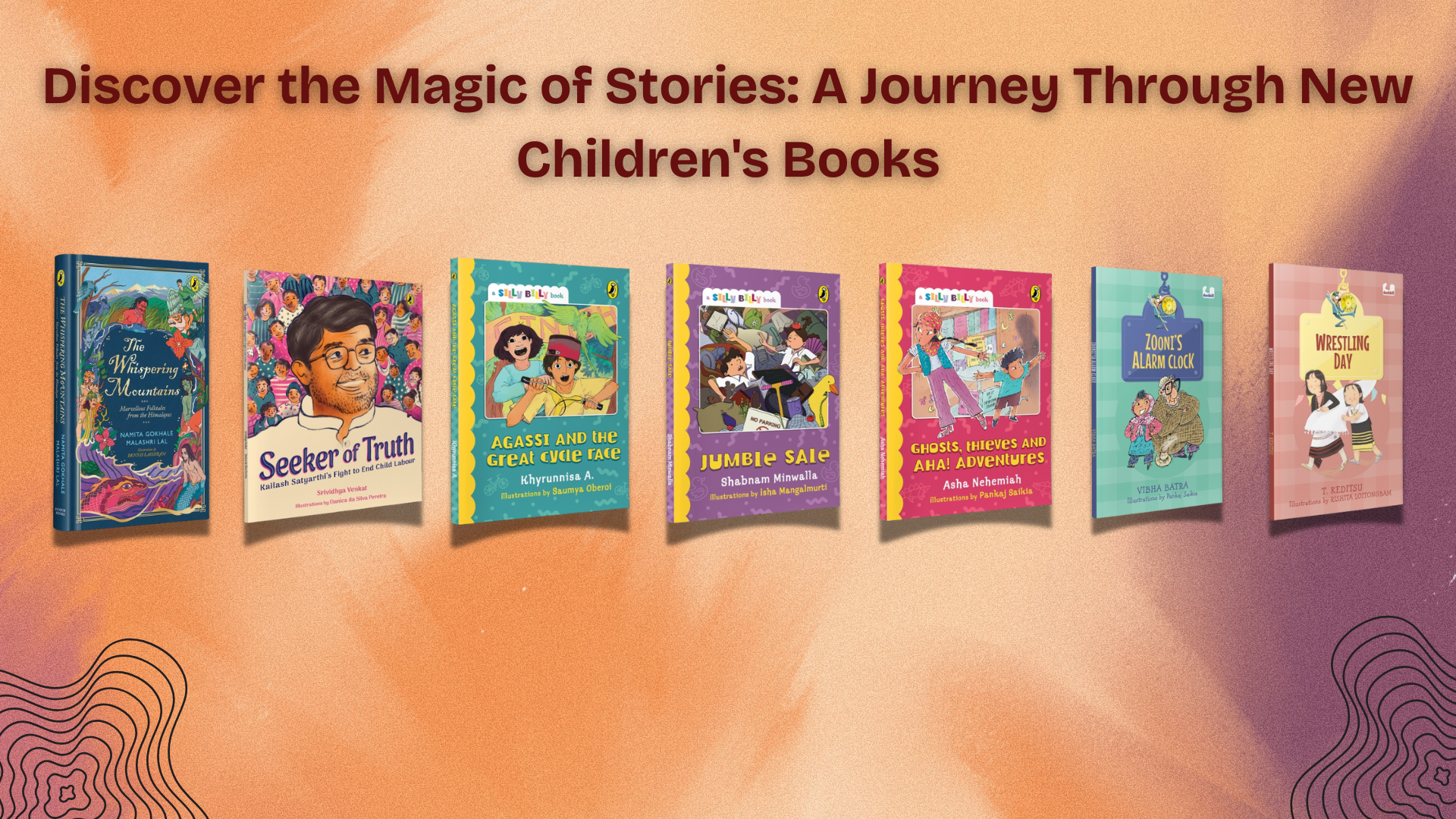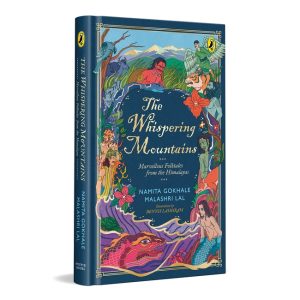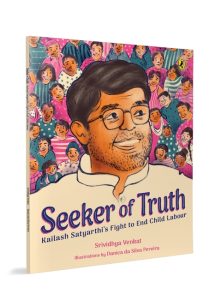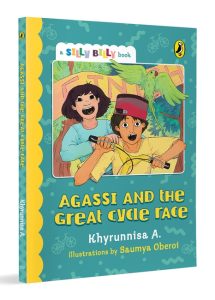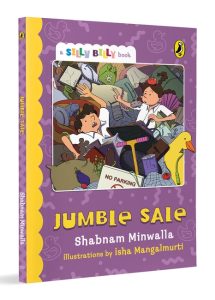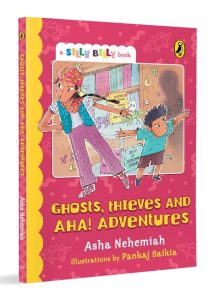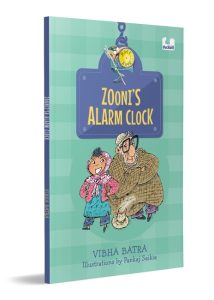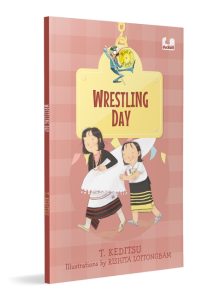Read an exclusive excerpt from Why The Constitution Matters.
Feminist Lawyering and Feminist Judging
Q1: What, if anything, does feminism add to the task of judging?
What feminism adds to the task of judging is an acknowledgement of the value of the female experience, which facilitates inquiry and reflection. It is an intervention into the legal space that seeks to challenge the ongoing exclusion of women from legal subjectivity, ‘whether as the authors of legal decisions and doctrine, or as the subjects upon whose knowledge, experience, activities and concerns law is founded’.
It has been argued by feminist scholars that ‘law does not simply operate on pre-existing gendered realities, but contributes to the construction of those realities, often in a constraining or damaging way’. A feminist perspective on the laws essentially aims to disrupt this process of gender construction and to introduce different accounts of gender that might be less limiting for women.
Feminist judgments provide additional ‘social framework’ material that places the particular facts of the case and/or the legal issues involved in a broader context. In The Gender of Judgments, Reg Graycar has questioned the sources of judges’ knowledge of the world and suggested that such knowledge is ‘(masculine) gendered’.
Feminist judgments are an endeavour to correct this imbalance. It represents an attempt to tackle the power and authority of the law and its impact on the lives of women, not from the distance of academic critique but on its own ground through an alternative judgment method.
One of the most important contributions of feminist thought to the process of judging is the form of addition of fresh perspectives. The Importance of Diversity: Erika Rackley, a legal scholar, whose research focuses on judicial diversity, explains that diversity ‘acts as a catalyst for disruption; impacting upon the legal monotony, destabilising its taken-for-granted assumptions and uncovering alternative ways of seeing, understanding, and judging’. In this way, sex is only one point of difference, as women judicial officers often bring a diverse set of backgrounds, experiences and perspectives to the role as compared to their ‘benchmark’ male counterparts. In addition to the laws, judicial decisions are inevitably influenced by the judges’ personal values and perspectives. A rich body of feminist scholarship, including feminist theories and methods, has helped shape the feminist approach to judging.
Feminist literature does not dictate specific results but rather provides valuable procedural suggestions on how feminist judging can take place in practice. Though the substantive decision reached depends largely on the meaning of the term ‘feminism’ to the particular judge, there are various methods adopted by judges to promote the substantive goal of feminism—the achievement of equality in society. These include:
a) Challenging the gender bias in legal doctrine, which includes taking efforts to identify and overcome gender bias in legal principles. It also involves recognizing that the law is an inherently gendered framework. Correcting this imbalance involves questioning the current legal construction of the term ‘woman’, and intervening to challenge and confront sexism, racism and gender bias.
b) Asking the woman question(s), which involves identifying the gender implications of rules which appear to be neutral. Asking this question also leads to discussion about other forms of exclusion (based on religion, race, etc.) that may be operating in a particular case. (Such intersectionality in India, for example, would mean a Dalit woman or a Muslim woman.)
c) Contextualization, which involves an exercise in feminist practical reasoning, which entails a reasoning from context that focuses on a woman’s lived experience. This aids a judge in making an individualized rather than an abstract decision.
***
Get your copy of Why The Constitution Matters on Amazon or wherever books are sold.








